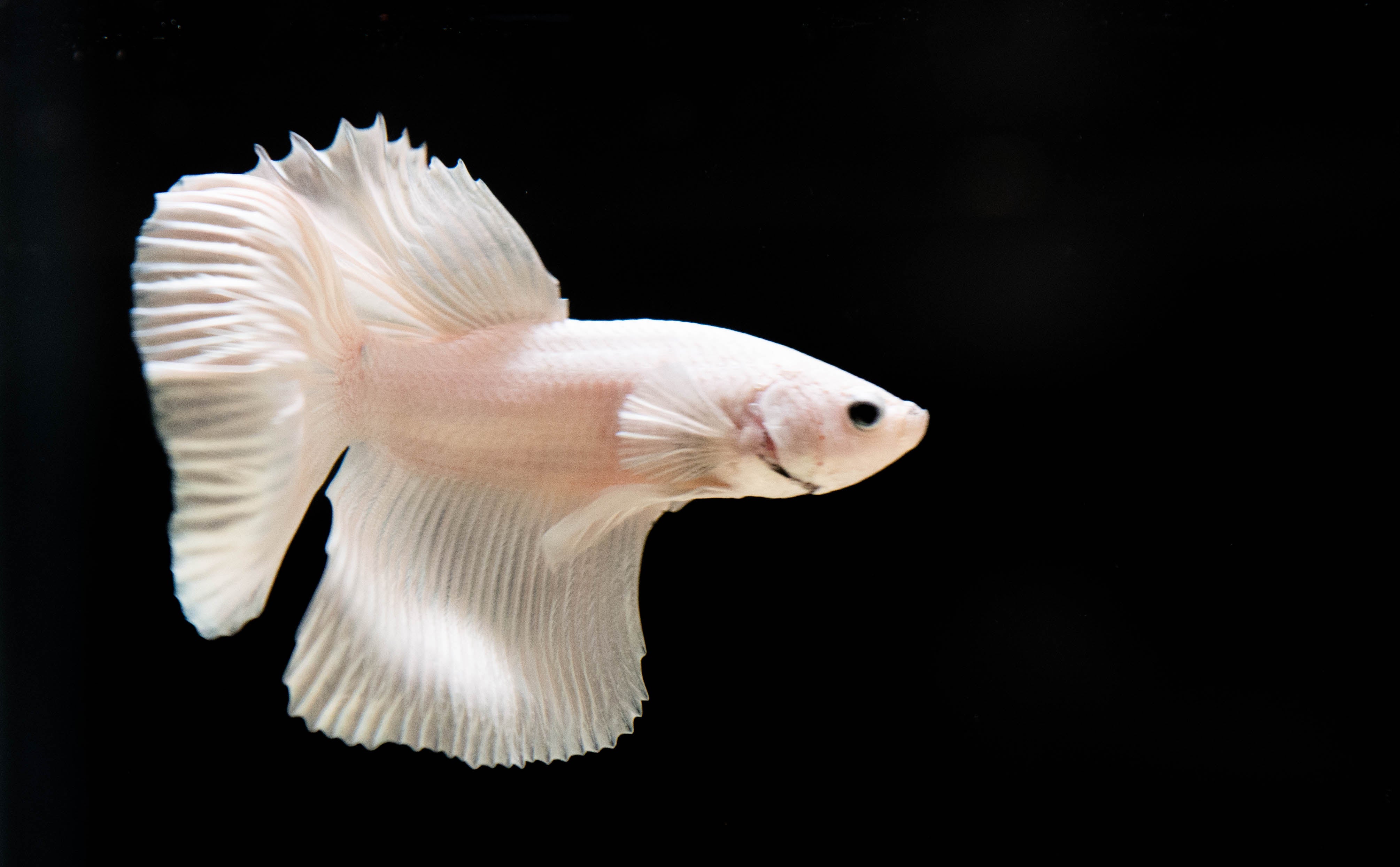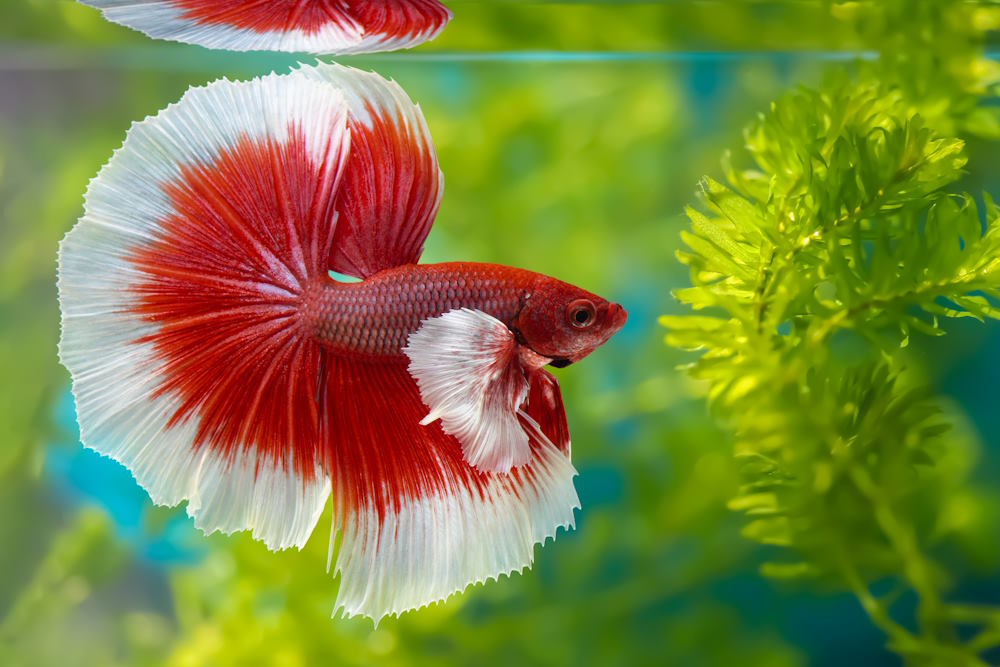Usual Betta Fish Conditions and Just How to avoid Them
Reproducing Betta Fish: a Comprehensive Step-By-Step Overview to Successfully Raising Infant Bettas From Eggs to Adulthood
Breeding Betta fish is a careful endeavor that needs mindful planning and execution to ensure the effective development of fry from eggs to mature fish. Picking genetically varied breeding sets with preferable features is just the start; producing an optimum setting and comprehending the intricacies of the breeding procedure are similarly critical. As the male Betta diligently constructs a bubble nest and guards the precious eggs, the subsequent phases of care and shift demand interest to detail and knowledge of best techniques. How does one browse the difficult yet satisfying course of nurturing these dynamic animals to their adult years?

Choosing Breeding Pairs
When starting the trip of reproducing Betta fish, choosing the appropriate reproduction sets is important to accomplishing desirable characteristics and a healthy and balanced lineage - betta fish. The primary step in this process is to recognize the particular qualities you wish to boost or protect, such as color, fin kind, and body shape. It is important to choose genetically diverse sets to stay clear of inbreeding, which can cause health problems and unfavorable attributes
Examine possible breeding prospects very carefully. A healthy and balanced male Betta ought to show vibrant colors, an energetic behavior, and well-formed fins, while the woman ought to also present lively pigmentation and a rounded stubborn belly, indicating readiness for spawning. Observing the temperament of both fish is essential, as hostile or excessively timid people may not breed successfully.
Paperwork of family tree is just as vital. Keeping documents of the moms and dad fish's ancestry can help you track genetic characteristics and possible problems. In addition, seek advice from trusted dog breeders or on the internet resources for support on selecting compatible sets. Inevitably, spending time in the choice process will considerably boost the probability of creating solid, lively children that satisfy your reproduction goals (betta fish).

Preparing the Breeding Container
Creating an optimum reproduction setting is a vital step after picking suitable pairs for Betta fish. The reproduction storage tank need to be particularly made to give comfort and stimulate the all-natural reproduction behaviors of the fish. Start with a storage tank size of at the very least 10 gallons to make certain appropriate space for both the male and female Bettas.
Keep a mild filtering system to keep the water clean while avoiding strong currents that can stress the fish. Furthermore, an air rock can be added to give oxygenation without interfering with the water surface excessive.
Temperature law is critical; go for a stable series of 78-82 ° F(25-28 ° C) using a trusted heater. The pH degree need to be kept in between 6.5 and 7.5, and normal water modifications are necessary to make sure high water high quality.
Incorporate floating plants or spawning mops to develop concealing places for the lady, while likewise motivating bubble nest structure by the man - betta fish. Finally, make certain the storage tank is devoid of sharp designs and any possible dangers, as the well-being of the fish need to constantly be prioritized during this important phase of reproduction.
The Reproduction Refine
Usually, the breeding process for Betta fish includes a series of unique and visible actions that show preparedness for reproduction. The male Betta begins by building a bubble nest at the check out this site water's surface, which acts as a website for the fertilized eggs. This nest is essential, as it gives a secure environment for the eggs till they hatch out.
Once the nest is developed, the man will display courtship habits, such as flaring his fins and showing vibrant shades to bring in the female. The lady, upon sensing the man's readiness, will respond by presenting vertical red stripes along her body, indicating her receptiveness.
The fertilized eggs then fall to the bubble nest, where the male very carefully gathers and returns them to the nest. Following this, the male thinks obligation for protecting the nest and ensuring the safety and security of the eggs until they hatch, generally within 24-36 hours.
Caring for Betta Fry
Caring for Betta fry needs mindful attention to their setting and nutrition to make sure healthy growth and advancement. After hatching, Betta fry are very little and at risk, necessitating a stable and tidy environment.
Feeding Betta fry is equally essential. Feed them tiny quantities several times a day, being mindful not to overfeed, which can lead to water quality concerns.
Transitioning to Adult Bettas
As Betta fry mature, transitioning them to grown-up Bettas is an essential stage that requires cautious administration of their environment and social communications. This process generally starts when the fry get to around 6 weeks old, at which point they can be gradually introduced to an extra structured living setting.
To facilitate this transition, it is necessary to ensure that the water specifications-- such as temperature, pH, and ammonia degrees-- are optimal and secure. Adult Betta fish grow in warm water (around 78-80 ° F) with a pH of 6.5 to 7.5. Progressively accustom the fry to these problems to lessen stress.
Social communications are an additional essential variable; male Bettas are infamously territorial and aggressive. As a result, it is advisable to separate men into private containers as they mature. Women Bettas can be housed together, however care needs to be taken to keep an eye on for indicators of aggression.
Furthermore, nutritional adjustments ought to be my explanation made as the fry grow. Include high-quality pellets and live foods to support their development and wellness. By managing these elements successfully, you can advertise an effective change to adulthood for your Betta fish.

Verdict
Successful breeding of Betta go fish calls for careful focus to detail throughout the entire procedure, from choosing genetically diverse sets to offering optimum treatment for fry. Additionally, a well balanced diet and steady adaptation to grown-up environments are crucial for the development and development of Betta fish.